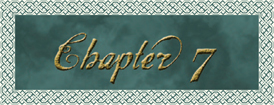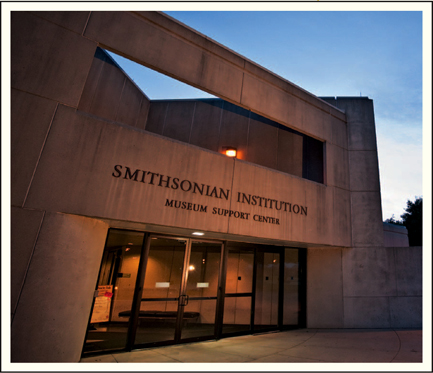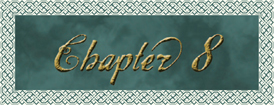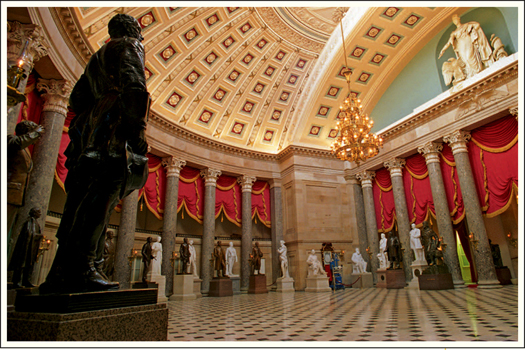
 ATHERINE SOLOMON hurried across the parking lot through the cold rain, wishing she had worn more than jeans and a cashmere sweater. As she neared the building’s main entrance, the roar of the giant air purifiers got louder. She barely heard them, her ears still ringing from the phone call she’d just received.
ATHERINE SOLOMON hurried across the parking lot through the cold rain, wishing she had worn more than jeans and a cashmere sweater. As she neared the building’s main entrance, the roar of the giant air purifiers got louder. She barely heard them, her ears still ringing from the phone call she’d just received.
That which your brother believes is hidden in D.C …. it can be found.
Katherine found the notion almost impossible to believe. She and the caller still had much to discuss and had agreed to do so later that evening.
Reaching the main doors, she felt the same sense of excitement she always felt upon entering the gargantuan building. Nobody knows this place is here.
The sign on the door announced:

The Smithsonian Institution, despite having more than a dozen massive museums on the National Mall, had a collection so huge that only 2 percent of it could be on display at any one time. The other 98 percent of the collection had to be stored somewhere. And that somewhere … was here.
Not surprisingly, this building was home to an astonishingly diverse array of artifacts—giant Buddhas, handwritten codices, poisoned darts from New Guinea, jewel-encrusted knives, a kayak made of baleen. Equally mind-boggling were the building’s natural treasures—plesiosaur skeletons, a priceless meteorite collection, a giant squid, even a collection of elephant skulls brought back from an African safari by Teddy Roosevelt.
But none of this was why the Smithsonian secretary, Peter Solomon, had introduced his sister to the SMSC three years ago. He had brought her to this place not to behold scientific marvels, but rather to create them. And that was exactly what Katherine had been doing.
Deep within this building, in the darkness of the most remote recesses, was a small scientific laboratory unlike any other in the world. The recent breakthroughs Katherine had made here in the field of Noetic Science had ramifications across every discipline—from physics, to history, to philosophy, to religion. Soon everything will change, she thought.

THE SMITHSONIAN MUSEUM SUPPORT CENTER, SUITLAND, MARYLAND
7.1: © Richard Nowitz
As Katherine entered the lobby, the front desk guard quickly stashed his radio and yanked the earplugs from his ears. “Ms. Solomon!” He smiled broadly.
“Redskins?”
He blushed, looking guilty. “Pregame.”
She smiled. “I won’t tell.” She walked to the metal detector and emptied her pockets. When she slid the gold Cartier watch from her wrist, she felt the usual pang of sadness. The timepiece had been a gift from her mother for Katherine’s eighteenth birthday. Almost ten years had now passed since her mother had died violently … passing away in Katherine’s arms.
“So, Ms. Solomon?” the guard whispered jokingly. “Are you ever gonna tell anybody what you’re doing back there?”
She glanced up. “Someday, Kyle. Not tonight.”
“Come on,” he pressed. “A secret lab … in a secret museum? You must be doing something cool.”
Miles beyond cool, Katherine thought as she collected her things. The truth was that Katherine was doing science so advanced that it no longer even resembled science.

 OBERT LANGDON stood frozen in the doorway of the National Statuary Hall and studied the startling scene before him. The room was precisely as he remembered it—a balanced semicircle built in the style of a Greek amphitheater. The graceful arched walls of sandstone and Italian plaster were punctuated by columns of variegated breccia, interspersed with the nation’s statuary collection—life-size statues of thirty-eight great Americans standing in a semicircle on a stark expanse of black-and-white marble tile.
OBERT LANGDON stood frozen in the doorway of the National Statuary Hall and studied the startling scene before him. The room was precisely as he remembered it—a balanced semicircle built in the style of a Greek amphitheater. The graceful arched walls of sandstone and Italian plaster were punctuated by columns of variegated breccia, interspersed with the nation’s statuary collection—life-size statues of thirty-eight great Americans standing in a semicircle on a stark expanse of black-and-white marble tile.
It was exactly as Langdon had recalled from the lecture he had once attended here.
Except for one thing.
Tonight, the room was empty.
No chairs. No audience. No Peter Solomon. Just a handful of tourists milling around aimlessly, oblivious to Langdon’s grand entrance. Did Peter mean the Rotunda? He peered down the south corridor toward the Rotunda and could see tourists milling around in there, too.
The echoes of the clock chime had faded. Langdon was now officially late.
He hurried back into the hallway and found a docent. “Excuse me, the lecture for the Smithsonian event tonight? Where is that being held?”
The docent hesitated. “I’m not sure, sir. When does it start?”
“Now!”
The man shook his head. “I don’t know about any Smithsonian event this evening—not here, at least.”
Bewildered, Langdon hurried back toward the center of the room, scanning the entire space. Is Solomon playing some kind of joke? Langdon couldn’t imagine it. He pulled out his cell phone and the fax page from this morning and dialed Peter’s number.
His phone took a moment to locate a signal inside the enormous building. Finally, it began to ring.

THE STATUARY HALL, U.S. CAPITOL BUILDING
8.1: © Photo DC
The familiar southern accent answered. “Peter Solomon’s office, this is Anthony. May I help you?”
“Anthony!” Langdon said with relief. “I’m glad you’re still there. This is Robert Langdon. There seems to be some confusion about the lecture. I’m standing in the Statuary Hall, but there’s nobody here. Has the lecture been moved to a different room?”
“I don’t believe so, sir. Let me check.” His assistant paused a moment. “Did you confirm with Mr. Solomon directly?”
Langdon was confused. “No, I confirmed with you, Anthony. This morning!”
“Yes, I recall that.” There was a silence on the line. “That was a bit careless of you, don’t you think, Professor?”
Langdon was now fully alert. “I beg your pardon?”
“Consider this …” the man said. “You received a fax asking you to call a number, which you did. You spoke to a total stranger who said he was Peter Solomon’s assistant. Then you willingly boarded a private plane to Washington and climbed into a waiting car. Is that right?”
Langdon felt a chill race through his body. “Who the hell is this? Where is Peter?”
“I’m afraid Peter Solomon has no idea you’re in Washington today.” The man’s southern accent disappeared, and his voice morphed into a deeper, mellifluous whisper. “You are here, Mr. Langdon, because I want you here.”